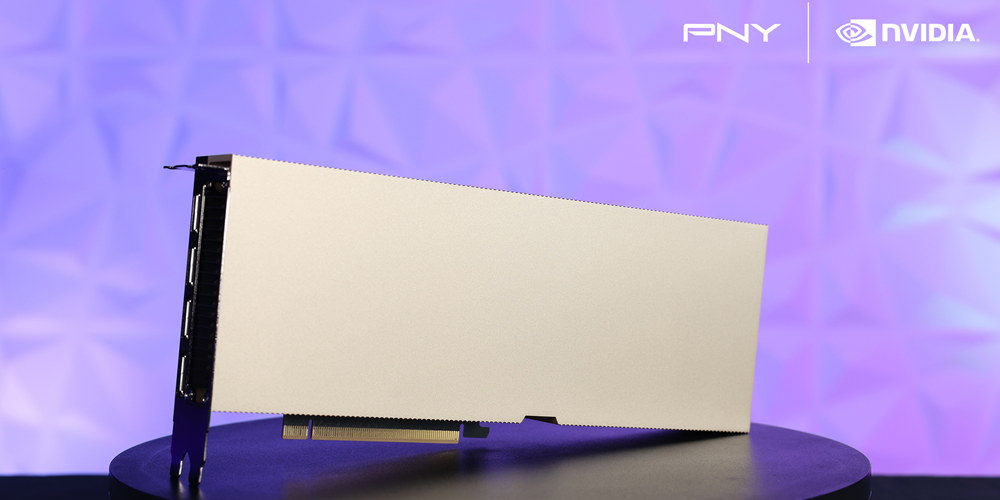 Today NEC Corporation announced that it is supporting the Stanford DAWN project, an initiative to simplify the building of AI-powered applications, by providing a cluster of new “SX-Aurora TSUBASA” vector computers for research in the area of Artificial Intelligence.
Today NEC Corporation announced that it is supporting the Stanford DAWN project, an initiative to simplify the building of AI-powered applications, by providing a cluster of new “SX-Aurora TSUBASA” vector computers for research in the area of Artificial Intelligence.
We are very pleased to support the Stanford DAWN project. We hope to help demonstrate the value of vector computing to the advancement of AI domains,” said Yuichi Nakamura, Vice President, NEC Central Research Laboratories.
In recent years, a broad range of applications using AI have been proposed. However, since AI processing requires enormous computational power, there are many cases where it is difficult to adopt. In order to help address this issue, NEC has provided four SX-Aurora TSUBASA A300-4 (*1) models to the Stanford DAWN project in order to contribute to AI research. The SX-Aurora TSUBASA is NEC’s latest model of vector supercomputer, featuring scalability from a desktop computer to a large super computer for accelerating AI and data analytic applications.
In this video, Matei Zaharia from Stanford presents: DAWN: Infrastructure for Usable Machine Learning.
NEC aims to accelerate the progress of AI research and development and to contribute greater value to society with the achievements of this collaboration.
In this video from ISC 2018, Takeo Hosomi from NEC describes how vector computing can accelerate Machine Learning workloads.




